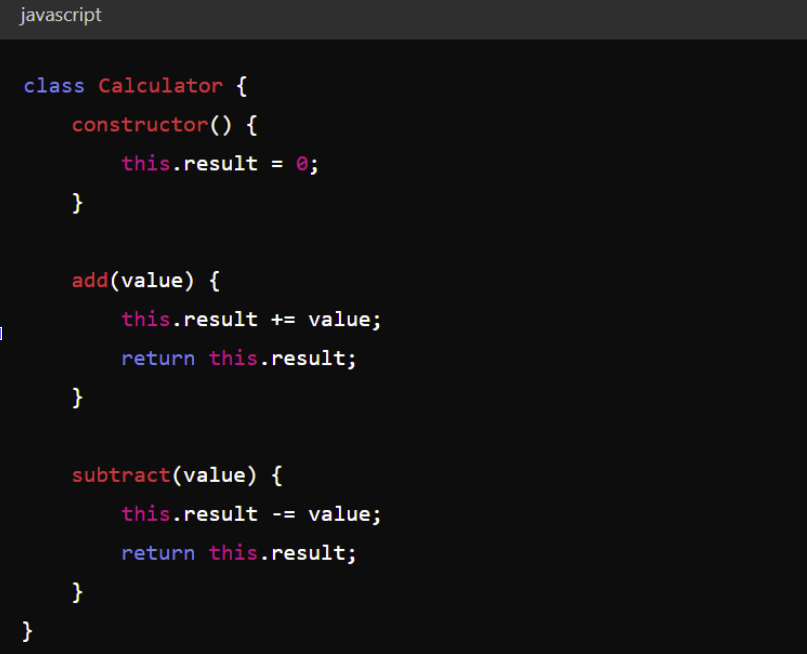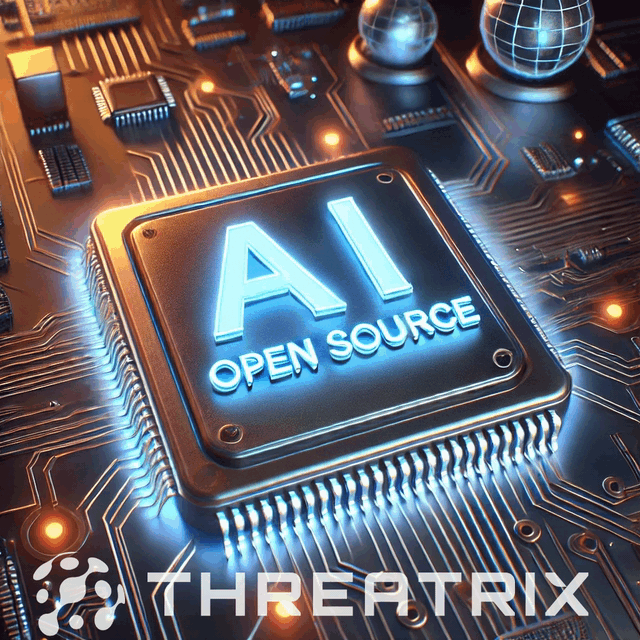Detecting AI-generated code is vital as artificial intelligence will soon define the future of software development. This comprehensive guide for 2024 delves into the significance of identifying AI-generated code and the essential considerations for developers to maintain open source compliance to avoid legal complications. We highlight the importance of understanding licensing origins, attribution requirements, and compatibility between the different licenses.
What is AI generated code?
AI-generated code is source code produced by artificial intelligence (AI) systems rather than written or copied pasted by individual programmers. These systems leverage machine learning models, particularly natural language processing (NLP) and neural networks, to understand programming languages and generate code based on input prompts. The process typically involves training AI models on vast amounts of existing open source code and documentation to learn coding patterns, syntax, and logic.
Key Characteristics of AI-Generated Code
-
- Context-Aware: AI-generated code often considers the context provided by surrounding code, comments, and prompts to generate relevant and accurate code snippets.
- Learning from Data: These AI models are trained on large datasets of publicly available code repositories, documentation, and coding practices to learn the patterns and best practices of coding.
- Language Support: AI code generation tools typically support multiple programming languages, allowing developers to receive assistance in the language they are using.
- Enhanced Productivity: AI-generated code tools enhance developer productivity and efficiency by automating repetitive coding tasks and providing real-time code suggestions.
- Trained on Open Source Software: AI models for generating code, such as OpenAI’s Codex and GitHub Copilot, are primarily trained on vast amounts of publicly available open-source code. This extensive training allows them to learn various coding patterns, styles, and best practices from numerous projects and repositories. Codex has been trained on code from GitHub repositories, encompassing various programming languages and frameworks.
- Outputting Code Snippets Without Licensing Information: AI-generated code often generates code snippets. Snippets are small, reusable pieces of code designed to accomplish a specific task or function. They are often used to simplify the coding process by providing pre-written solutions to common programming problems. Code snippets can be as simple as a single line of code or as complex as a small block of code that performs a particular operation. They are easy to integrate into existing codebases. Developers can copy and paste them into their programs with minimal modification.
While these snippets are highly useful, they do not include any attached licensing information. When Copilot suggests a piece of code, it does not specify the license under which the original code was published.
Tools for AI-Generated Code
1. OpenAI’s Codex
OpenAI’s Codex is a powerful AI model that translates natural language instructions into code. It powers GitHub Copilot, an AI pair programmer that assists developers by suggesting code snippets, completing code, and even writing entire functions based on comments or incomplete code.
- Use Case Example: A developer might type a comment such as “// create a function to add two numbers” in their editor, and Codex can generate the corresponding Python function:

2. GitHub Copilot
GitHub Copilot, built on OpenAI’s Codex, integrates directly with development environments like Visual Studio Code. Based on the context of the code and comments, it suggests whole lines or blocks of code as you type.
- Use Case Example: While writing a class in JavaScript, Copilot can auto-complete methods and suggest implementations based on the developer’s initial input:

3. Tabnine
Tabnine is another AI-powered code completion tool that supports multiple programming languages. It uses deep learning models to predict and suggest code completions as you type, improving coding speed and accuracy.
- Use Case Example: While writing a loop in Python, Tabnine can suggest the loop structure and common patterns:
When writing a loop in Python, Tabnine can assist by suggesting the structure of the loop and common patterns based on the context of the code being written. Here is an example demonstrating how Tabnine might suggest a for-loop structure and a common pattern for iterating over a range of numbers:


4. Kite
Kite is an AI-powered coding assistant that helps with code completion, documentation, and more. It works across several popular programming languages and integrates into various IDEs.
- Use Case Example: When writing a function in Python, Kite can suggest function signatures and provide documentation snippets:

Challenges of AI-Generated Code: Tracking Code Origins
Origin Tracing: One of the significant challenges in managing AI-generated code is tracing its origins to ensure compliance with respective licenses. This absence of clear provenance makes it difficult for developers to determine the original source of the code and understand the applicable license terms. Ensuring compliance becomes a complex task as developers must manually trace back the origins of the code to verify its license, attribute the original authors correctly, and comply with any specific requirements. Failure to do so can lead to unintentional license violations, legal risks, and potential intellectual property issues, emphasizing the need for robust tools and practices to manage and verify the origins of AI-generated code.
Attribution Requirements: AI generated code lacks information or proper attribution requirements, leaving developers unaware of the need to credit the original authors. This lack of attribution can lead to significant legal issues, as many open-source licenses, such as the GPL, explicitly require that modifications and redistributions maintain the original licensing terms and credit the original creators.
Different open-source licenses come with various requirements and restrictions, making it complex to ensure that all components used by AI-generated code are compatible with each other and the overall project license. For example, some licenses, like the GNU General Public License (GPL), require that any derivative works be licensed under the GPL, enforcing strict copyleft provisions.
In contrast, permissive licenses like the MIT or Apache licenses allow for more flexibility, permitting the code to be integrated into proprietary projects with fewer restrictions. When AI tools generate code snippets, they can come from multiple sources, each with its own licensing terms. This mosaic of licenses can lead to conflicts, especially if incompatible licenses are inadvertently combined within the same project.
Comprehensive Open Source License Management
Threatrix offers comprehensive license management solutions that help developers navigate the complexities of open-source licensing. This includes:
License Tracking and Verification
Threatrix continuously monitors the codebase during the development to track all incorporated open-source components and verify their licenses. This ensures that all software components, including those generated by AI, comply with the intended licensing terms.
Snippet Detection
We excel in snippet detection, identifying AI-generated code snippets and tracing their origins. This capability is essential for verifying that all code used in a project complies with relevant licenses and for maintaining the integrity of the software development process. By detecting and managing these snippets, Threatrix helps developers avoid the pitfalls of using unlicensed or improperly attributed code.
License Compatibility Analysis
Threatrix analyzes the compatibility of different open-source licenses used within a project. This analysis helps developers avoid potential conflicts arising from integrating code with incompatible licenses, thus maintaining the project’s legal integrity.
Automated Attribution
Our automated attribution feature simplifies the complex task of properly crediting original authors and including necessary licensing information. Our solution automatically generates and inserts attribution details into the codebase and documentation, ensuring that all legal requirements are met without requiring developers’ manual intervention.
Automated Software Bill of Materials (SBOM)
Threatrix automates creating and maintaining a Software Bill of Materials, providing a transparent and up-to-date inventory of all software components and their licenses as code is integrated. This transparency is crucial for both internal compliance checks and external audits.
Real-Time Compliance Alerts
Threatrix provides real-time alerts for license violations or potential compliance issues. Integrated directly into the development workflow through IDE plugins, these alerts enable developers to address issues promptly, preventing them from becoming significant problems later in the development process.
Detailed Compliance Reporting
Threatrix generates detailed compliance reports that provide an overview of the project’s license compliance status. These reports can be used for internal audits, legal reviews, and to demonstrate compliance with external stakeholders. Threatrix’s advanced tools for snippet detection, automated attribution, and comprehensive license management provide developers with the necessary resources to manage AI-generated code effectively. By leveraging Threatrix, developers can ensure that their projects remain legally compliant, reducing the risk of legal complications and enhancing the integrity of their software. For more information on how Threatrix can assist with AI-generated code compliance and other supply chain security and open source licensing needs, visit Threatrix.

